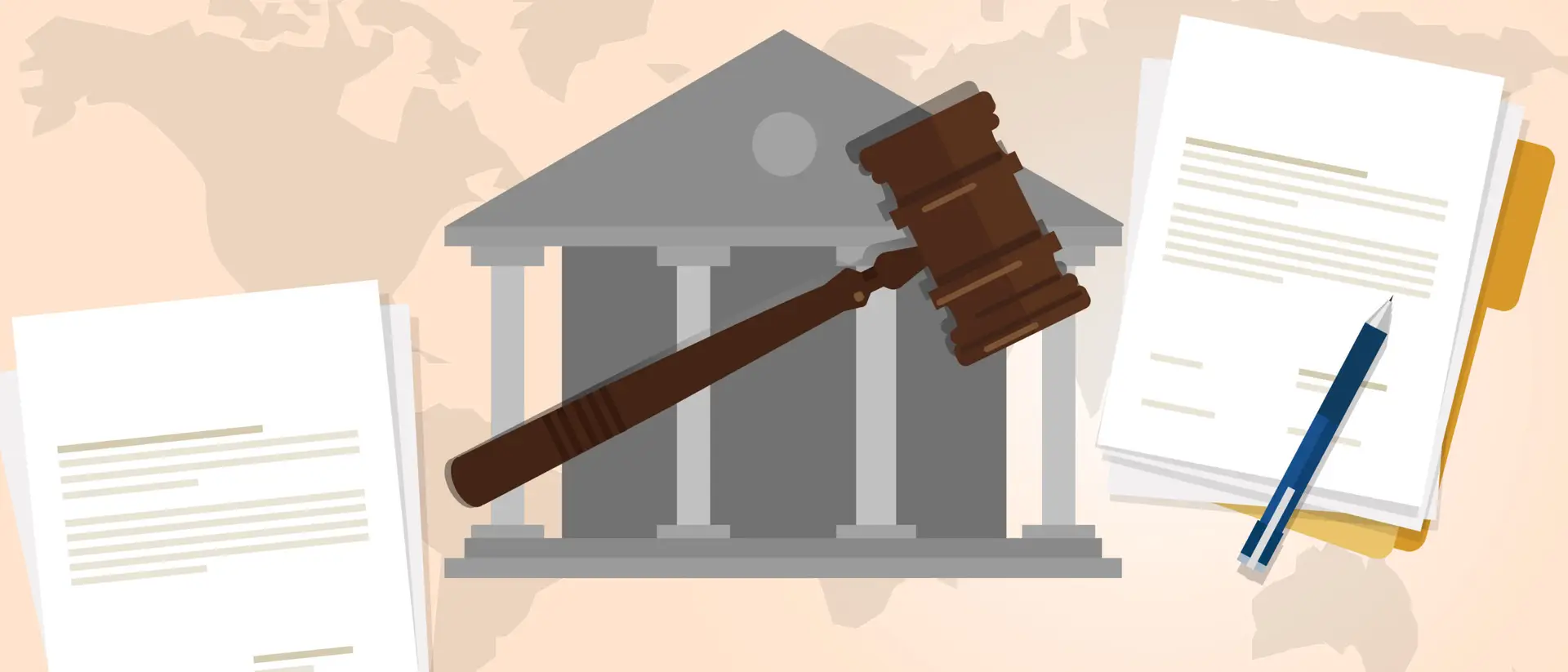Roe v. Wade

Table of Contents
What is Roe v. Wade?
Roe v. Wade is a landmark legal case in U.S. history that significantly shaped the landscape of reproductive rights.
The case, decided by the U.S. Supreme Court in 1973, established a woman’s legal right to choose to have an abortion, striking down laws that criminalized or restricted access to abortion in many states.
Roe v. Wade History
Roe v. Wade is a landmark U.S. Supreme Court case decided in 1973 that legalized a woman’s right to choose to have an abortion under the constitutional right to privacy.
The case originated in Texas, where a woman using the pseudonym “Jane Roe” challenged the state’s abortion laws, which prohibited the procedure except to save the life of the mother.
The Supreme Court, in a 7-2 decision, ruled that the Texas law was unconstitutional as it violated a woman’s right to privacy as established in the Due Process Clause of the 14th Amendment.
Justice Harry Blackmun, writing for the majority, outlined a trimester framework that allowed states to regulate abortion during the second and third trimesters to protect the mother’s health and the potential life of the fetus.
Roe v. Wade effectively legalized abortion across the United States in the first trimester of pregnancy, while allowing states to impose restrictions in later stages.
The decision recognized a woman’s right to choose an abortion without undue interference from the government but also acknowledged the state’s interest in protecting the health of the mother and the potential life of the fetus.
Roe v. Wade generated significant controversy and debate over the years, leading to ongoing legal challenges and attempts to overturn or modify the decision.
Subsequent Supreme Court cases, such as Planned Parenthood v. Casey (1992), upheld the central tenets of Roe v. Wade while allowing states to impose certain restrictions, as long as they did not place an “undue burden” on a woman’s ability to obtain an abortion.
Roe v. Wade remains a defining case in the discourse on reproductive rights and has had a profound impact on legal, political, and social discussions surrounding abortion in the United States.
The case has influenced subsequent judicial decisions, legislation, and activism related to reproductive rights, making it a key element of U.S. legal and social history.
Related Links
Bill of Rights
Plessy v. Ferguson
Stonewall Riots
Suffrage Movement